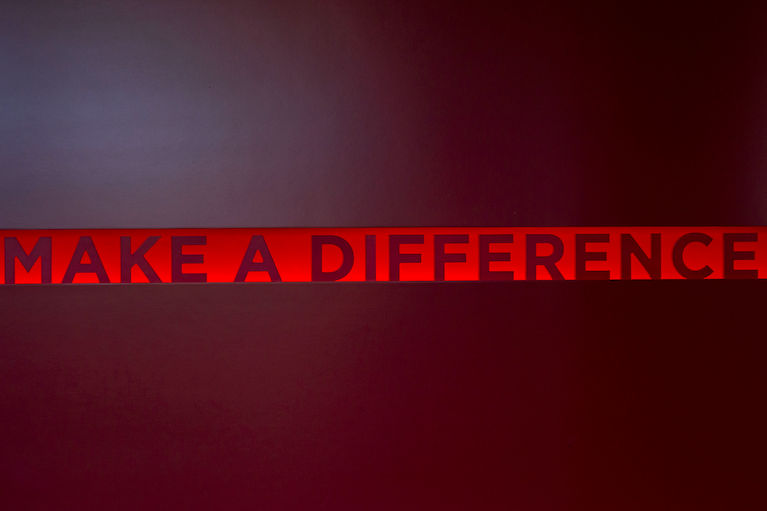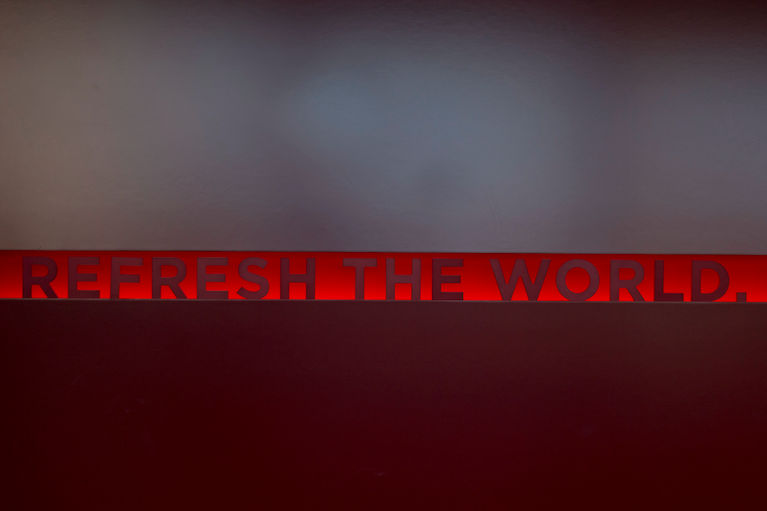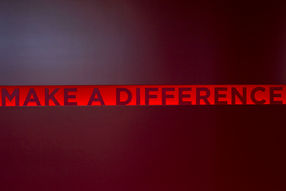Coca-Cola´s Strategic Pivots
Accelerating Transformation
Advertisement
The Coca-Cola Company’s refreshed operational model and more aligned bottling network position the system to emerge stronger from the COVID-19 pandemic, President and COO Brian Smith said Dec. 7 at a major industry conference.

Coca Cola



In a Q&A with Beverage Digest Editor and Publisher Duane Stanford during the 2020 Future Smarts event, Smith tackled a range of topics related to the company’s priorities heading into 2021.
Here are a few highlights:
…on how the pandemic accelerated the company’s ‘Beverages for Life’ strategic journey:
“We were already on a course of change before the pandemic. We were working on culture. We had curated a lot of talent, which we continue to do. The [next] thing we needed to do was redesign the organization … We've gotten to where we are by delegating a lot of authority to the geographies, and they were able to build our businesses with the bottlers… But we'd gotten to a point where it's really difficult to scale things.”
“We needed to pivot and rebalance decisions and the way we allocate resources, not just in terms of geographies, but across categories so we can go after the big profit pools and big growth areas as a system, globally, as opposed to everybody on their own sequentially and in a less-organized fashion.”
…on decisions to streamline the company’s beverage portfolio to focus on consumer needs and drive innovation effectiveness:
“We’re decreasing the number of brands globally so we can focus on those that generate growth and profit going forward. On the innovation front, we will continue to draw on the creativity and innovation generated from different parts of the world. The funnel and the filter will be a team that can look across these opportunities in terms of scalability, growth potential and profitability going forward. We'll be much better at curating potential innovations.”
…on Costa and the growth potential of the coffee category:
“The fact that we bought Costa opens up all kinds of growth opportunities. We bought the brand because that’s our entry to have critical mass in the coffee space. The retail part of it is really good in some ways, because it has enabled us to learn a lot about coffee in general. But our intent is to be able to grow in a lot of the other platforms.”
“We have a lot of places where we can go with the Costa platform. Retail will be part of it, in the sense that it's a necessary ingredient to create awareness and sampling. But we intend to play in a much more multi-platform way in the coffee space. … One of the big pieces we were missing in away-from-home channels was coffee, which represents a big part of what [our bottlers] sell.”
…on the health of the bottling system globally:
“From my perspective, globally, it’s more aligned than ever. And I don't mean that in just one region, I mean globally. The bottlers are more aligned among themselves, so it reinforces that our success is going to be in our ability to align to scale the big bets we have in front of us, not only the company but with our bottlers.”
…how bottler refranchising in North America positioned the system to respond to the pandemic:
“The work that was done in terms of setting up the governance structure to be able to manage across a multi-bottler territory like the United States and Canada has played well for us in the pandemic. The fact that those routines and ways of making decisions were set in place enabled us to make quick decisions on a lot of fronts, in terms of how we pivot toward at-home, how we addressed headwinds in the away-from-home market, how the bottlers could work together on the supply chain and procurement and dealing with cans and those kinds of things.”
“The bottlers really came together and aligned to be able to make it better for the system as a whole, so it enabled us to kind of look up from our own neck of the woods and think about it in a more enterprise, system way to be able to come out of this stronger than when we went into it.”
…on life for a multinational COO in the middle of a pandemic:
“I think it’s the same for most of us. The ‘aha moment’ for me was that we can actually continue to conduct business as we had, actually in a lot of ways better because we didn’t have the amount of lost time between setting up meetings. We can make direct decisions faster… We’re able to move much quicker on a lot of fronts that we were moving on anyway before the pandemic, but [it] enabled us to accelerate those things. All in all, we’ve learned how to work in a different way, which has worked really well and surprised all of us.
If you think about it in terms of people… it has had a huge toll on a lot of our employees. Those that have small children or other kinds of extenuating circumstances that make it difficult to work at home… that has been difficult, so it carries a weight. Going forward, it will definitely change the way we work. We won’t go back to the same normal that we had before the pandemic.”
….on leadership:
“…I believe that the best kinds of organizations are those that have high engagement from the employees and that are self-driven. In other words, flatter organizations where decisions are made lower down in the organization. If you think about it from that perspective in terms of context, there are three buckets that I would highlight.
“The first one is ‘human characteristics of a leader’… vulnerability, authenticity and passion.”
“The second bucket is ‘the what’s’, and that is the typical ‘Where are we going, which hill we will climb?’ clarity in terms of communicating that to the enterprise. And then range, and what I mean is not just having one way of being, but having a range of leadership to be able to deal with different people in different ways because that’s the way you’ll get them motivated.
“The third bucket I would say is the ‘hows,’ having necessary and sufficient routines to make sure that you stay on course and can pivot accordingly… (having) discipline and being super clear about not only the vision of where you’re trying to get to and what the priorities are, but also the constraints that people have in their jobs to be able to get their work done. Because if you don’t do that the right way, it’s very hard to empower people without everyone going off and doing whatever they want to.
“So you ultimately have an organization that trusts one another so that you can have learning… and you create positive motivation for the organization to self-motivate and push forward on the priorities.”





























































